“If you buy a Tesla today, I believe you’re buying an appreciating asset, not a depreciating asset” – Elon Musk
OK, I realize it’s on me for not explaining it well. Let me try again at explaining this game-changing concept of leveraging massive amounts of operational data with Artificial Intelligence (AI) and Deep Learning to create assets that appreciate, not depreciate, in value through usage.
What Elon Musk is saying is that Tesla autonomous cars appreciate in value (that is, they become more valuable) not just as a network of connected cars. Connected does not equal value. No, Tesla cars appreciate in value as a result of the collective knowledge / wisdom / intelligence gleaned from the operational and driving data that is being captured across the usage of the growing fleet of Tesla autonomous cars; that what is experienced and learned by one Tesla car, is validated, codified and propagated back to every other Tesla car making the collective Tesla cars more intelligent, and therefore more valuable.
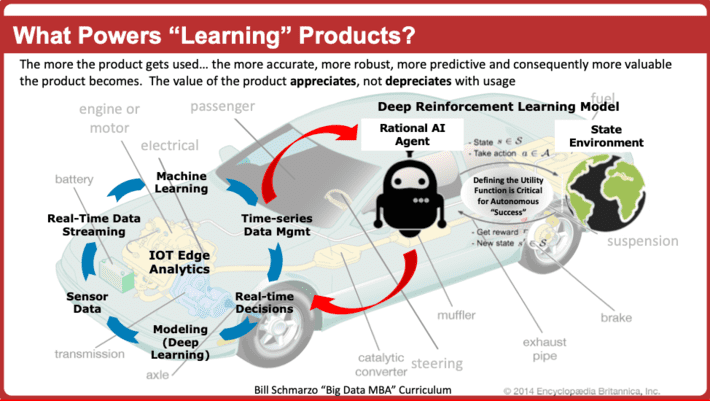
Figure 1: Powering a Continuously Learning Product
This growing volume of operational and driving data is aggregated in the Tesla cloud which is continuouslytraining the autonomous Tesla Artificial Intelligence-based Full Self-Driving (FSD) brain that collects, analyzes, learns and creates new intelligence. This new intelligence then gets propagated back to each individual car resulting in new and improved capabilities – passing slow moving cars, navigating to the off ramp, maneuvering around traffic accidents and debris on the roads. As a result, the Tesla cars are continuously learning and becoming more reliable, more efficienct, and safer through the usage of the cars.
Tesla autonomous cars are exploiting the capabilities of Deep Learning to create continuously learning autonomous cars that get more reliable, more efficient, safer, more intelligent and consequently more valuable through usage…without human intervention!
Economic Value of Data (and Learning)
Morgan Stanley analyst Adam Jonas said that data might be more valuable to Tesla than its cars themselves:
“There’s only one market big enough to propel the stock’s value to the levels of Elon Musk’s aspirations: that of miles, data and content. Tesla cars can send and receive data from the company via Wi-Fi or cellular networks. This makes it possible for Tesla to perform many maintenance tasks and upgrades via software updates, but it also allows the company to collect information on the car, for everything from diagnosing service issues to improving the car’s Autopilot driver assist system. This data, along with the content and services Tesla could offer customers, may be the company’s biggest driver of value going forward.”
It is the usage of the cars that drives the cars’ aggregated appreciation in value; the power of compounding small improvements in reliability, efficiency and safety that quickly build into an impressive overall improvement. And for folks who don’t appreciate the power of compounding 1% improvements over time, a 1% improve compounded 365 times – 1.01 ^365 –equals a 37.78x overall improvement (see Figure 2).
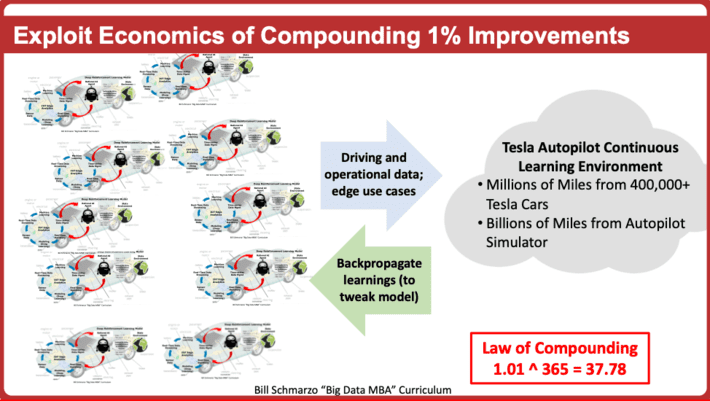
Figure 2: The Economics of Compounding Small Improvements
Now those are numbers that one can really appreciate (Hehehe)!
Quick Primer on Deep Learning
“In knowledge-based industries, “economies of learning” are more powerful than “economies of scale”, and today, every industry is becoming a knowledge-based industry.” – Bill Schmarzo
Deep Learning is a set of algorithms that analyze massive data sets using a multi-layered neural network structure to train and learn to recognize and codify patterns, trends and relationships buried in the data…without human intervention (see Figure 3).
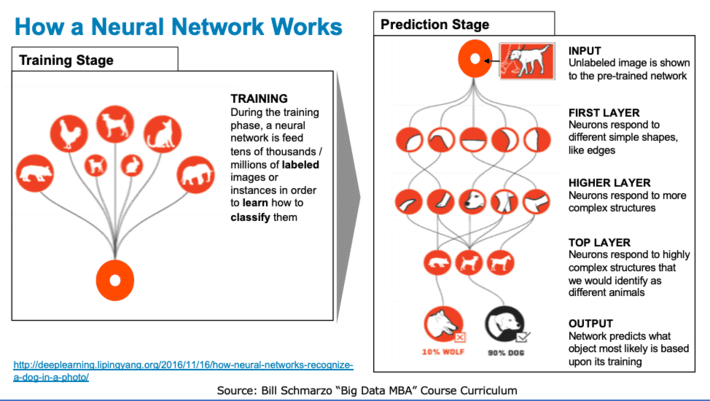
Figure 3: How Neural networks recognize a Dog in a Photo
There are two key capabilities that underpin the continuous learning nature of deep learning:
- Backpropagation (backward propagation) improves the accuracy of neural network predictions by gradually adjusting the weights of the neural network nodes and layers until the expected model results match the actual model results. Backpropagation solves the problem of finding the best weights to deliver the best expected results.
- Stochastic Gradient Descent is an optimization algorithm (think second derivative in calculus) used to minimize some cost function by iteratively moving in the direction of steepest descent as defined by the negative of the gradient (slope). Gradient descent guides the updates being made to the weights of our neural network model by pushing the errors from the models results back into the weights (see Figure 4).
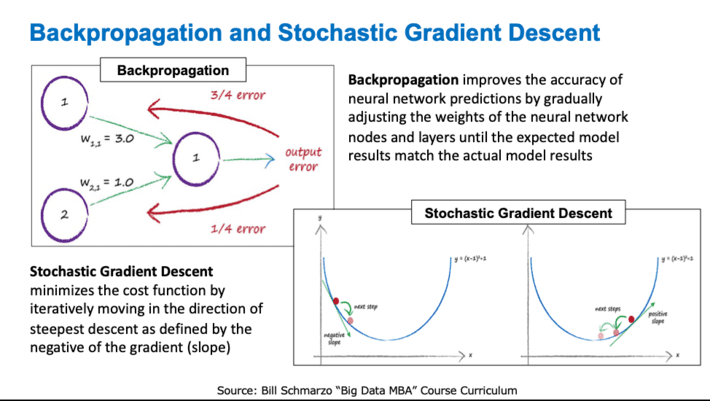
Figure 4: “Neural Networks: Is Meta-learning the New Black”
Autonomous Driving Simulation Wars
The problem with creating autonomous devices that continuously learn and appreciate in value is that there just aren’t enough humans operating these devices. To get the volume of data necessary to create autonomous devices requires these organizations to create a key autonomous enabler – simulators.
Tesla is collecting “just over 3 million miles [of driving data] per day” and as of July 2017, the total number of miles captured has jumped to 5 billion. Tesla collects data about how Autopilot would handle different driving scenarios even when the feature isn’t used (thereby creating labeled data for new edge use cases). Tesla cars log instances where Autopilot would have taken an action, and that data eventually gets uploaded back to Tesla. This “shadow mode” of data collection means that Tesla is simulating full Autopilot across many of those billions of miles that are driven.
While I struggled to find details on Tesla’s Autopilot AI-based FSD brain, I did uncover this job description for a Tesla Autopilot Simulation, Tools Engineer. Very insightful.
“The foundation on which we build these elements (building tools to perform virtual test drives, generate synthetic data set for neural network training) is our simulation environment. We develop photorealistic worlds for our virtual car to drive in, enabling our developers to iterate faster and rely less on real-world testing. We strive for perfect correlation to real-world vehicle behavior and work with Autopilot software engineers to improve both Autopilot and the simulator over time.”
Waymo, a subsidiary of Google parent company Alphabet and likely Tesla’s biggest autonomous vehicle competitor, has not only achieved 5 million self-driven miles, but Waymo has also simulated 5 billion miles of autonomous driving.
So over time, not only do the autopilot engines that autonomously learns and controls these vehicles get better, but the simulators themselves are learning and getting better – covering more and more edge use cases (rare use cases such as person jogging backwards down the street, or someone riding a unicycle instead of a bicycle or someone riding one of those one-wheel electric skateboards), making them a very valuable asset in which to test, learn and build new autonomous devices.
And I expect to see Generative Adversarial Networks (GANs) play a key role in helping to create the synthetic data from these simulators necessary to support the continuous training and learning for these autonomous devices that continue to appreciate in value. See the blog “How GAN and Adaptice Content Will Change Learning, Entertainment and More” for more information on GANs (see Figure 5).
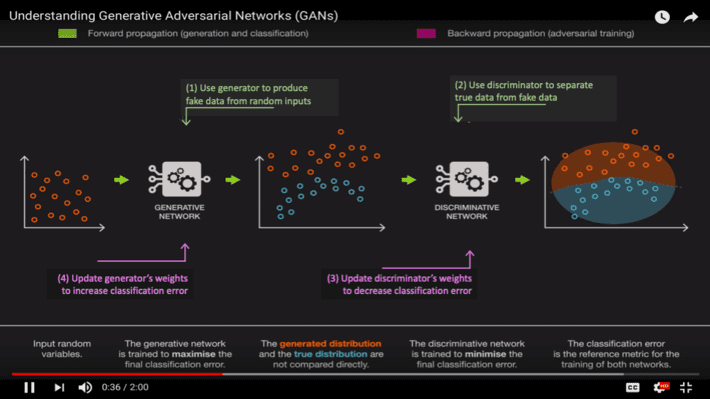
Figure 5: “Understanding Generative Adversarial Networks (GANs)”
Summary: Creating Assets that Appreciate in Value
I’ve been searching for an analogy for this “appreciating assets that becomes more valuable through usage” concept, and I’ve recently tried the analogy of a world-class athlete. Imagine that you own a sports team and that you have a young, promising athlete that never gets tired, never gets hurt, and never ages out as their skills appreciate in value from countless hours of training and in-game situations. That is, the more this athlete trains and plays, the more efficient, more effective, more reliable, more accurate, more resilient, more intelligent (increasing “court sense”) and consequently more valuable they become. You’d want a team of these sorts of athletes!
That’s the idea behind a continuously-learning AI-enable asset; that the more data sets and one-off “edge” use cases to which that asset is exposed, the more valuable that asset becomes. That asset’s value appreciates because it becomes the more efficient, more effective, more reliable, safer and consequently more valuable through usage.
Imagine converting your asset or product into the next [insert your favorite sports superstar name], where your product becomes more efficient, more effective, more reliable and consequently more valuable the more that product is used, without having to worry about the AI-powered brain ever getting tired, hurt or aging out. Yes, you can turn your asset or product into the [Michael Jordan] of your industry.
Bonus Section: Creating Assets that Appreciate in Value Homework
So, let’s measure my effectiveness in communicating this game-changing concept that AI and Deep Learning can create assets that appreciate, not depreciate, in value through the learnings gained from the usage of that asset.
Step 1: Think about a product or asset that your company produces. Let’s avoid humans as an asset for this exercise because we already know that humans can appreciate in value as they learn from experiences (and if you don’t know this, I hope that you are NOT in management!).
Step 2: Contemplate what data you might be able to capture or create (maybe by adding sensors or creating a simulation of that asset) that can provide valuable insights (quantifiable propensities) across these operational dimensions of value creation:
- User usage patterns and behaviors
- Product performance trends and propensities
- Operational efficiencies
Step 3: Now image that you have created an AI / Deep Learning environment that garners the insights across the above three operational dimensions (plus external factors like environmental, economic, demographic, local activities), and brainstorm / estimate / document what the value to your customers “might” be if that asset was:
- More reliable…less customer unplanned downtime
- More efficient…cheaper to operate and maintain
- More effective…faster to get accomplish its tasks (transporting, digging, pressing, etc.)
- More predictable…lowers the costs associated with unpredictable supply chain and logistic operations
- Safer…greatly increased customer satisfaction with lower liability risks
- More eco-friendly…lowers negative impact on the environment and socieity of operating this asset
Hint: if you don’t know how much these improvements are worth to your customers, then you don’t understand your customers nearly well enough.
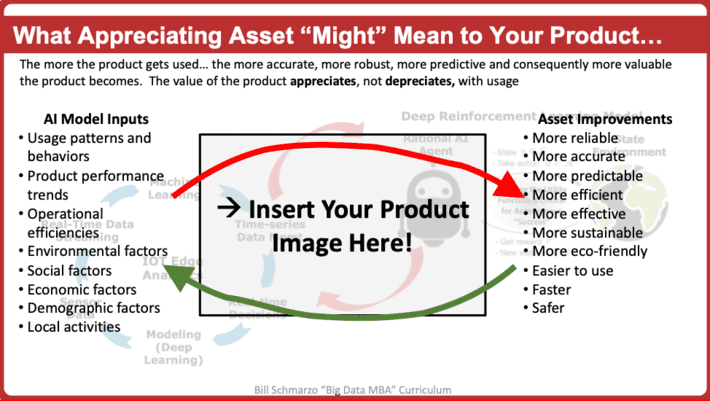
Figure 6: Appreciating Asset Exercise
Hopefully this little exercise starts to get the creative juices flowing and helps you contemplate how to leverage massive data sets, AI and Deep Learning to create continuously-learning assets that appreciate, not depreciate, in value through usage.
Now, how does that sound?
